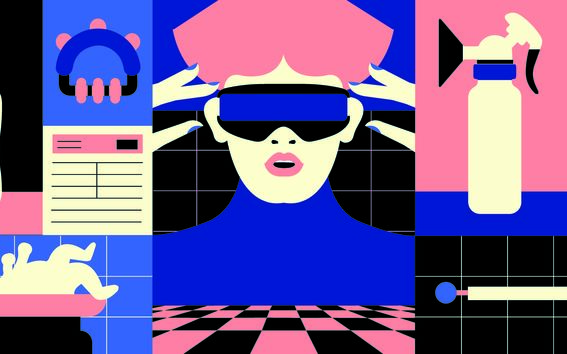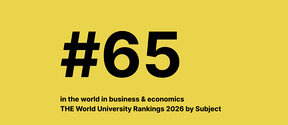Continuity and solutions
Maternity and child health clinic services, birth preparation classes included, have been a part of basic healthcare in Finland, while childbirth has been categorised as specialised medical care. This has led to problems with the continuity of the care. Maternity clinics have their own nurses, the delivery is handled by a midwife – and there can even be several if the delivery takes a lot of time – and after the delivery, there’s yet another nurse to be met.
In autumn 2022, researchers Hanna Castrén-Niemi and Annika Järvelin working in the Biodesign Finland programme observed everyday work at maternity and child health clinics for three weeks. They are now applying for funding for two projects that took shape during the period.
A project led by Castrén-Niemi aims to seek solutions to optimised labour induction and mothers’ improved childbirth experiences. Coordinated by Järvelin, another project examines possible ways to better identify and alleviate fear of childbirth.
According to the Finnish Institute for Health and Welfare (THL), the share of induced births has been on a clear rise for several years, and the same applies to the number of diagnosed cases of fear of childbirth.
‘The clinics are unable to adequately screen for customers who need help with depression or fear of childbirth, for example. If people are left to cope on their own, they lose their trust in the clinics,’ Järvelin notes.
Too much information, too many wires
Annika Järvelin says that scattered information is currently one of the challenges at maternity and child health clinics. This may also impact one’s experience of their own parenthood.
‘As the volume of information increases, parents’ trust in their own capabilities may deteriorate.’
The technological solutions used today do not convince the researchers: they may undermine the childbirth experience. For example, the outdated ultrasound scanners used at the clinics may even increase unnecessary hospital visits during pregnancy.
‘All the wires and other technology occupy a major role, which may limit the parturient’s movement during childbirth, for example. This, in turn, has a direct impact on the progress of the labour. Discreet, such as wireless, technology would respect the person in labour,’ Marjaana Siivola says.












